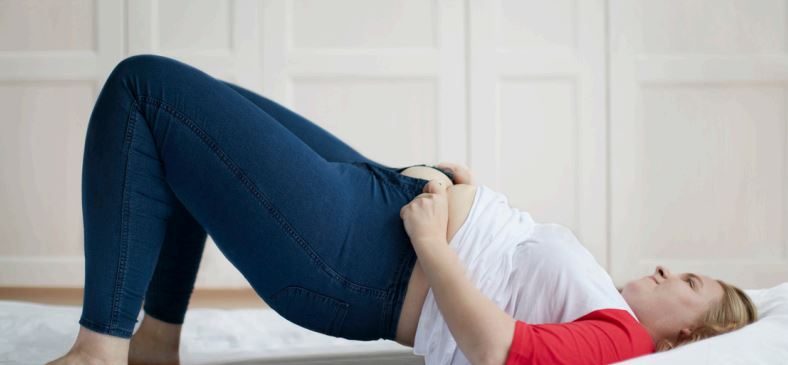February 7, 2016
Published on 7Days UAE
You might have heard fitness bunnies raving about foam rollers recently – perhaps you’ve seen more people using them lately.
This fitness aid has been a staple of physiotherapists for a while, but are now becoming more widely used by individuals who have seen the benefits. But do you know how to use them, or what they’re for?
These rollers are foam cylinders that are either a whole piece or, as pictured – hollow in the middle.
So why and when should you use these odd contraptions?
Joseph Maynard, physiotherapist at Osteopathic Health Centre, explains that rollers can help with stretching out tight muscles, reduce risk of injury and aid in recovery, as well as boosting circulation, and our personal favourite: reduce susceptibility to cellulite.
Joseph says: “It’s not just for one sporting type – whether you’ve got postural pain from sitting down all day, or you’re an elite athlete, this can help you.”
There are a few main principles for how the foam rollers help. Joseph explains: “They improve the blood flow, and vascularity to the tissues.
So if you have a very stiff or tight muscle, or the lining of the muscle, which is called fascia, these lumps and bumps on the foam roller paired with technique will help to increase blood flow to the area, increase your flexibility, then in turn preventing your likelihood of injury, and it will also improve your performance, whether it be weight-lifting or cardio.”
Even if you’re not working out regularly, there are reasons to invest in the fit kit.
Working on a computer all day, we naturally hunch over, causing tension in our shoulder blades, and back. The foam roller is an ideal fix to loosen the muscles and reduce aches and pains, though Joseph warns: “It’s not advisable to foam roll your lower back, as this is mostly bone.
There’s very little muscle to work, which can result in injury. Rather, lie with the roller at the base of your shoulder blades, cross your arms over, with your hands on your shoulders, and gently rock side-to-side, to give a light massage.”
Muscle groups that can, and should be worked include the calves, particularly for runners; hamstrings, quadriceps, and hip flexors, as well as the particularly painful IT band.
The IT band is on the side of the leg, between the quad muscles and the hamstring, and runs from hip to the knee – and often gets very tight.
But, it’s not just about rolling.
Joseph says there are a variety of ways to use a roller: “There’s a misconception that rollers are just for rolling. There are several other methods you can adopt – sheering, compressing, and sweeping are three styles.” Foam rolling should be done approximately four times per week.
caitlyn@7days.ae










